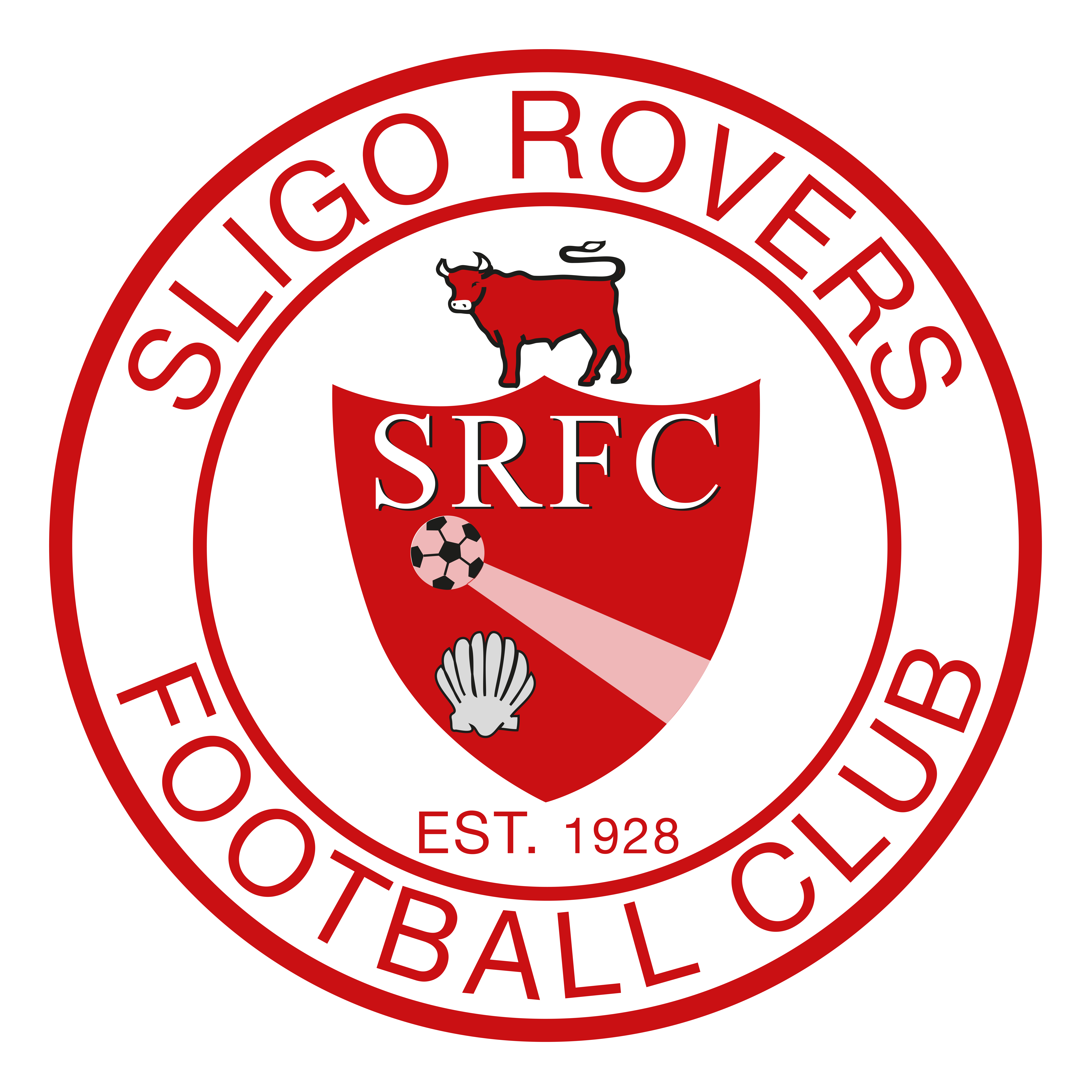Latest league finance blog post, Sligo Rovers https://t.co/WaII4xSce7 A very well run club, massively supported by the community but like others struggling to compete with clubs with European money or rich benefactors. Retweets appreciated 👍
— John O’Connor (@chippie1974) September 4, 2018
Sligo Rovers legal set up is similar to Cork City in that they are a co-op operating under the legal name of “Sligo Football & Sports Development Society Limited” number 4473R. Sligo Rovers first played in the league of Ireland in 1934 and have been operating under this legal entity since May 1988. In the 4 years 2014-2017 Sligo have finished 5th, 9th, 5th and 9th again with very up and down league campaigns. In 2013 Sligo finished 3rd and won the FAI cup which put them in Europe in 2014 which has an impact on their accounts/revenue in 2014. Sligo as a co-op publish very detailed accounts like Cork which allows more review of the P&L which I will cover below. Sligo Rovers play at the Showgrounds which they lease from the Sligo Showgrounds Sporting Trust Foundation.
In 2014 they made +€208k profit and had their highest revenue of the 4 years with €1.47m in revenue. In that year they had 2 European games and the prize money was €250k from that and the gates from the 2 European games were €115k. In terms of their revenue Europe was worth circa €365k and they haven’t had this income since. As a result their income over the last 3 years is in the range of €1.05m with most of the drop from 2014 down to the lack of Europe.
The standout number in terms of Sligos revenue in the fundraising amounts. Over the 4 years the fundraising committee have raised circa +€1.55m or +€386k per annum. This is far more than I have noted in other clubs that published detailed accounts and even the 2017 directors report noted the “heroic” efforts of this committee or otherwise the loss of (€93k) would have been far worse. I think its safe to say that Sligo are the model for members clubs in being part of the community and raising money through the community.
In terms of comparisons of revenue, most clubs don’t disclose a P&L but 4 clubs do. All 4 are in affect members owned clubs with no private backer. Harps played in the premier division in 2016 & 2017. This table shows the level of disparity in terms of resources available with unsurprisingly Cork doing the best of these 4 teams with decent European money over the 4 years. Cork City generated 66% more revenue than Sligo, 121% more than Bohs and 424% more than Harps. Of that circa €2m has come in European and League Prize money which shows the gap that success can drive.
Sligo Rovers have obviously managed their costs well in the 4 years with a break even position. Their main cost as with all clubs is players and Sligo Rovers have cut that Budget from (€733k) in 2014 to (€546k) in 2017. They have now in affect adapted to not having the European money and cut their cloth accordingly but now struggle to get back to Europe. In comparison Cork City have increased their playing budget from (€669k) in 2015 to (€894k) in 2017 and now spend 64% more than Sligo on the players/managers wages which obviously gives them a big advantage.
In the 4 years Sligo have charged circa (€80k) of depreciation and capital grant write offs to the P&L. This is not a cash item so over the 4 years the club would have made a circa +€70k cash profit.
The balance sheet here like most clubs is fairly small with a net asset at Nov’17 of €97k. Since this co-op was founded almost 30 years ago the club have run up accumulated losses of (€110k) which for 30 years trading in this league is not a bad result at all.
The principle asset Sligo Rovers have is the development to the grounds which stands at €431k at Nov’17. The club are depreciating this asset to the tune of (€50k) per annum which is hitting their P&L each year and would be a non cash hit to the P&L.
Sligo would appear to have current and long term liabilities of (€448k) in the balance sheet however circa (€201k) of these relate to government grants that are being written off each year and assuming Sligo don’t leave the showgrounds ultimately won’t be repaid and are thus not a “real” liability.
Overall Sligo Rovers look a very well run club, over their entire history trading with this entity they have lost very little and in these 4 years their reported loss is circa (€10k). They are very dependent on their links with the local community and what they fund raise through these links. This money has allowed Sligo to stay competitive in the premier division but as with other clubs there is a gap opening. With no European money in the last 3 years, Sligo have had to reduce budgets and that has impacted on their league position.
They have a strong balance sheet, overall nothing in the accounts would show Sligo Rovers other than a well run club, with a good asset (The Showgrounds) to build upon, their challenge will be how to get back into the top 3 with no benefactor and no European money as clubs like Dundalk/Cork/Rovers continually benefit from these sources of income. That challenge is similar to all clubs in that position, the risk is that we don’t chase the dream as most did 10/15 years ago and bankrupt ourselves in the process.

